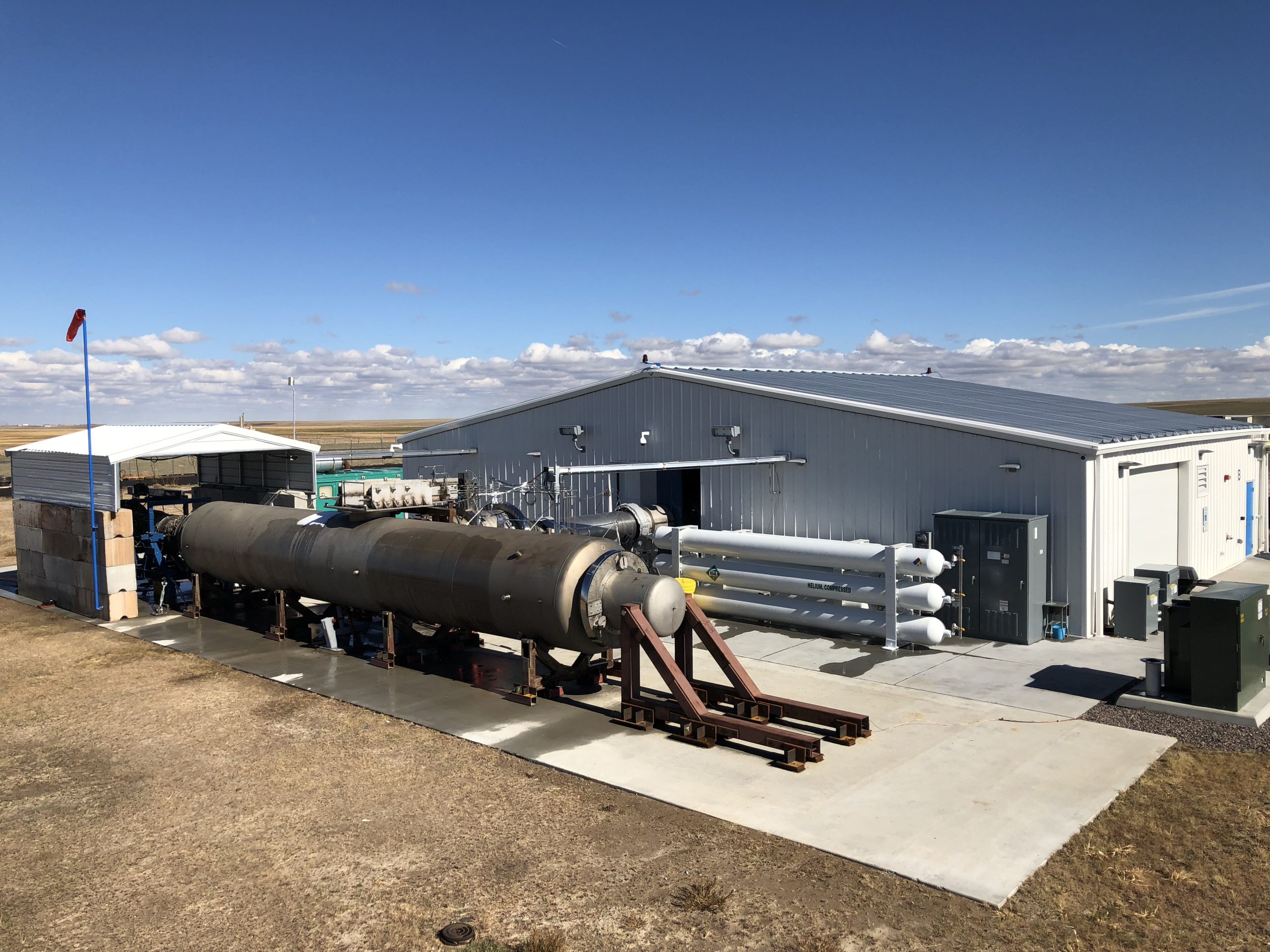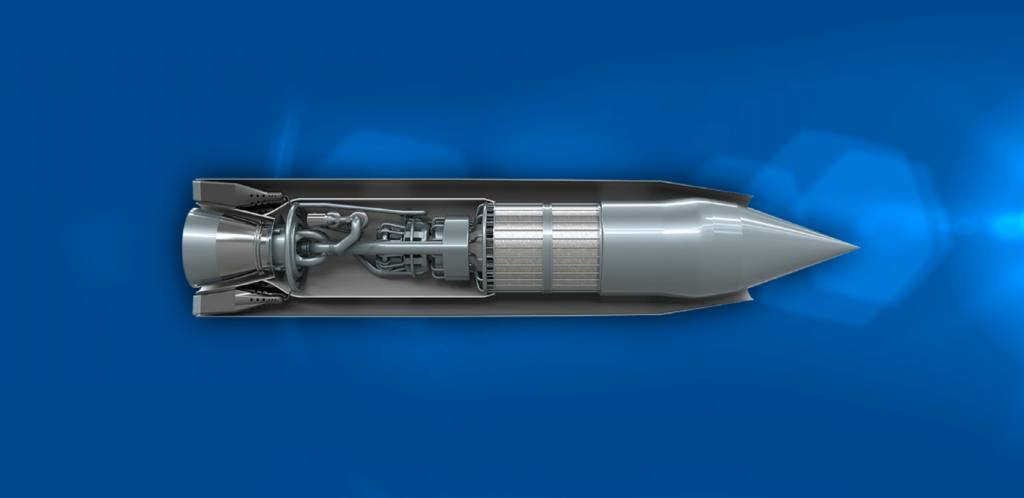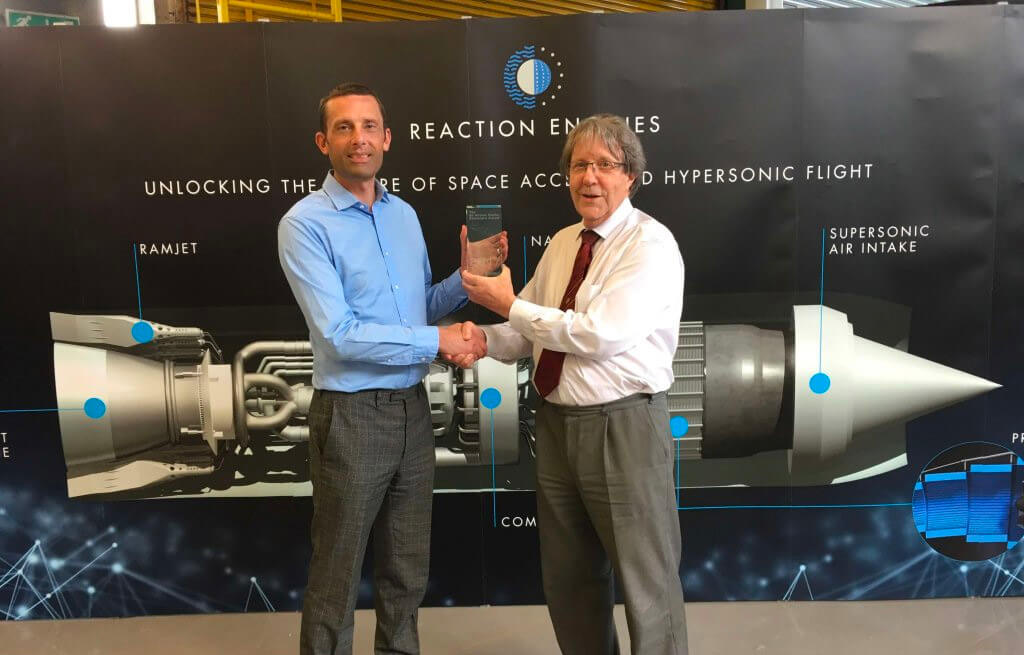Reaction Engines – Britain’s Lengthy Dream of Sustainable Space Access
4th Sep 2022
Amidst the flying displays, sales stands and, appropriately, the ‘Pioneers of Tomorrow’ showcase at this year’s Farnborough Airshow, Reaction Engines made an announcement that signals the coming of a new era in UK flight technology.
A Reaction Engines-led team at Farnborough unveiled plans to develop reusable hypersonic aircraft systems that will transform the country’s space capabilities. The team, also comprising Rolls-Royce, the Royal Air Force’s Rapid Capabilities Office (RCO), the UK government’s Defence Science and Technology Laboratory (Dstl), and the National Security Strategic Investment Fund (NSSIF), will use these systems for both defence and space access.
Big news, indeed! Here, we shine a light on the project’s roots and future trajectory.
Company History Since 1989
Reaction Engines has long been an influence in the evolution of British flight technology. Established in 1989, the company dedicates itself to research and testing in the area of space propulsion systems from its base in Oxfordshire, England.
With additional testing facilities in Denver, Colorado, Reaction Engines has evolved into a transatlantic collaboration with one mission at its heart: to power the next generation of flight and space aircraft. This has led the company down two separate – yet interlinked – paths of exploration.
Reaction Engines Projects: Sabre and Skylon
The two projects, titled Reaction Engines Sabre and Reaction Engines Skylon, share an overarching vision to develop an orbital spaceplane that is propelled by hypersonic engines. In what will be a world-first, Reaction Engines plans to launch unmanned test flights in 2025. If successful, Reaction Engines Sabre and Skylon will facilitate the launch of new satellites at a fraction of their current cost, while enabling people to travel anywhere around the world in as little as four hours.
And that’s not all: hypersonic engines could signal one giant leap for mankind in terms of future crewed missions to Mars and the Moon, with the possibility of a modular docking station in Earth’s orbit serving as a focal point for a new space transportation system.
Reaction Engines’ Sabre
The most groundbreaking tranche of Reaction Engine’s portfolio is undoubtedly Sabre (Synergetic Air-Breathing Rocket Engine), which will enable air and spacecraft to accelerate to more than five times the speed of sound, or Mach 5. For context, the fastest-ever commercial aircraft to date, the Concorde, could reach a maximum speed of Mach 2.04.

In essence, Reaction Engines Sabre is a hybrid between rocket and jet engine technology. It would work much like a jet at take-off. It switches to ‘rocket mode’ once Mach 5 has been reached to propel the aircraft into space.
The biggest challenge here is heat management. Reaching hypersonic speeds produces exceptionally high temperatures that need to be cooled before the transition to rocket mode. To combat this, Reaction Engines has developed thermal management technology in the form of an ultra-lightweight heat exchanger, which will prevent engine components from overheating by cooling the atmospheric particles sucked into the engine in a network of thin, ‘air-breathing’ pipes.
Once temperatures have been sufficiently reduced, the absorbed heat is recycled to power the engine core, significantly reducing fuel consumption in the process. This can then be burnt with hydrogen to deliver rocket propulsion in the thrust chamber. Not only will such a system facilitate space access; it’s low-carbon and highly efficient, too.
Each of Sabre’s three core components – the precooler, engine core and thrust chamber – have undergone vigorous ground testing.
Reaction Engines’ Skylon
While Reaction Engines Sabre can be scaled for use on a range of aircraft, the ultimate goal is for the engine to be utilised in propelling the Skylon spaceplane.
Skylon will harness the power of two Sabre engines to travel to and from space. A ceramic shell protects it from the forces of re-entry. The guiding vision is to create a reusable single-stage-to-orbit (SSTO) vehicle that will significantly reduce the cost of space travel. Initial concepts have focused on an unmanned design – indeed, the idea is for Skylon to be controlled remotely. Reaction Engines also envisages the development of models that could carry up to 50 crew members in the future.
A Reaction Engines Skylon spaceplane would take off from a strengthened runway before ascending rapidly. It will carry payload containers holding up to 33,000 lbs to an altitude of 300 km or 24,000 lbs to 600 km. A module will also be able to house up to 30 passengers.
The Team Behind Reaction Engines
Key to the rise of Reaction Engines has been its founder, Alan Bond. He was the lead engineer on the British Interplanetary Society’s Project Daedalus with Richard Varvill and the late John Scott-Scott. Varvill and Scott-Scott drove development of Horizontal Take-Off and Landing (HOTOL), a project led by Rolls Royce and British Aerospace.
Actually, the team conducted HOTOL’s proof of concept design studies in the 1980s. They, along with the British government, encouraged establishing international cooperation to move on with the spacecraft. The US showed some interest in the project, but ESA had little appetite for it. This was accompanied by some technical issues and hardly any advantage over traditional construction techniques. Thus, the project was closed, and the concept morphed into Skylon and the creation of the Reaction Engines company.

Investments from Government and Industry
As the UK strives to become a space-leading nation in Europe, both government and commercial operations have supported the venture. For years, such giants as Rolls-Royce, BAE Systems, and Boeing’s [BA] HorizonX have poured millions into Reaction Engines. For instance, in 2018, these companies were part of a £31.5 million funding round for the 30 year-old space startup. The UK Space Agency has also funded Reaction Engines. In 2013, the company secured a £30 million grant from the government. A €10 million contract from ESA in 2019 finished UKSA’s £60 million funding commitment since 2015. In 2021, the company received a further £3.9 million grant from UKSA.
Surprisingly, Reaction Engines is currently a favourite amoung British space startups, despite significant financial losses. The company lost £15 million in 2020 and a little over £14 million in 2019. This situation is not a result of the global COVID-19 pandemic or energy crisis. The company recorded similar drops in 2018 (almost £17m) and in 2017 when the loss was just over £5m. Yet, despite all the amounts of funding the company has already attracted, they’re now aiming to raise even more during its pre-IPO funding round before going public in 2024.
Who Owns Reaction Engines Now?
The work conducted by Reaction Engines led BAE Systems to purchase a 20% share of it in 2015 for £20.6m. The British government has also taken an active interest, investing £60 million to support research and development. The Ministry of Defence, in particular, is funding studies on integrating Reaction Engines Sabre into a next-gen fighter jets.
The project welcomed another strategic partner in 2020. Rolls Royce expanded on its existing collaborations with Virgin Galactic and Boom Supersonic to explore the application of Reaction Engines’ thermal management expertise as part of its hypersonic aviation ambitions.
With the likes of SpaceX and Blue Origin – funded by two of the world’s richest people, Elon Musk and Jeff Bezos – making aggressive strides, this consortium is crucial to the future success of Reaction Engines’ projects. Against the backdrop of a new Space Race, innovative plans to enhance the UK’s defence capabilities using hypersonic engines should be cause for excitement in a country in search of a new scientific identity.
One thing is certain: Reaction Engines continue to be at the heart of space-related action, funding seeking, and the promise of breakthrough innovation. Let’s wait and see if the company applies the granted money for good and if we can see a launch anytime soon.






Thank you for your comment! It will be visible on the site after moderation.